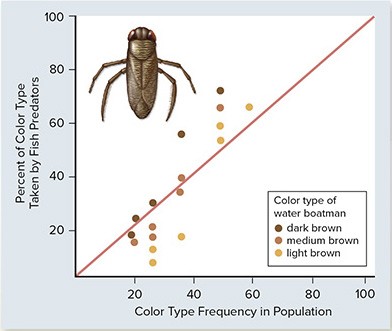Before biopharming technology became available, human proteins used in treatment of diseases were _____
a. unavailable
b. synthesized chemically
c. free of contaminating factors
d. harvested from slaughterhouses, donated human blood, or cadavers
e. harvested from transgenic plants
d
You might also like to view...
Answer the following statements true (T) or false (F)
1. Animals are monophyletic. 2. The terms "dorsal" and "oral" are synonyms. 3. A pseudocoelom is a cavity that develops embryonically into the coelom. 4. Gastrulation is the development of the gastrula into an embryo. 5. A hydrostatic skeleton has no bones or cartilage.
Which of the following statements about heritability is true?
A) Broad-sense heritability defines the complete genetic basis of a trait. B) Heritability is fixed for a given trait. C) Traits shared by members of the same family do not necessarily have high heritability. D) Heritability is the measure of the proportion of an individual's phenotype that is due to genetics. E) If a population displays little variation in a given trait, then that trait has low heritability
Which includes one of the others as a specific type?
A. T cells B. macrophages C. B cells D. plasma cells E. neutrophils
 The percentage of different colored water boatmen (an aquatic insect) eaten by fish were graphed relative to the frequency of that color in different populations. Based on the graph, what conclusion can you draw?
The percentage of different colored water boatmen (an aquatic insect) eaten by fish were graphed relative to the frequency of that color in different populations. Based on the graph, what conclusion can you draw?
A. Rare phenotypes will survive better due to positive-frequency selection. B. Common phenotypes will survive better due to negative-frequency selection. C. Common phenotypes will survive better due to positive-frequency selection. D. Rare phenotypes will survive better due to negative-frequency selection.